It is 2006 and things seem to be going well. At a meeting with National Geographic Channel in the US we don't sell the proposals we have come armed with, but we do end up having an enthusiastic conversation about the sci-fi nature of some survival stories. People coming back from the dead, or falling thousands of feet to the ground and living - truth really can be stranger than fiction. Would channelling this sci-fi dimension in terms of visuals and tone, make an interesting variation on the popular survival programming genre?
Back in the UK we write up a proposal for an ambitious and well-funded 6 x 60-minute series, where each programme explores apparently incredible phenomena such as people who are struck by lighting and survive or who are buried alive but don't die. First-hand testimony will be key. These range from Struck by Lightning - the story of 18-year-old Joe Hemming whose neck chain saves him from being electrocuted by a lightning strike, to the man who is trapped in underwater caves while spear-fishing - with the water level rising to his neck and oxygen levels getting ever lower.
Within weeks the US is committed so we are halfway there in terms of funding. The other half is just as speedy; Barna Alper, a Toronto-based independent production company, loves the proposal and takes the idea to Discovery Canada. Discovery also commits in principle alongside National Geographic, but both broadcasters want reassurance that we can deliver the stories we have written up on paper, so the next stage of development is to sign up the interviewees for one episode.
We choose Falling from the Sky, which includes the remarkable tale of Vesna Vulovic, a Yugoslav air stewardess who is in the Guinness Book of Records for surviving a fall of 30,000 feet after her plane blew up. Sajjad Bhatti, the science ace in our development team, pulls off a real coup, somehow persuading her to take part in the series, despite the fact that she has been turning down everybody for years. Production is scheduled for the autumn.
Of course, things never run that smoothly in the world of TV commissioning, and the fact that this is an Anglo-Canadian co-production complicates things further due to the intricacies of Canadian funding. Securing the final green light from National Geographic Channel and Discovery takes another six months and involves several anxious moments. But by January 2007 we are up and running and we decide to bring forward the Falling show in the production schedule so we can use it to set a template for the series.
With production proper comes the realisation that it is precisely the elements that worked so well in the pitch that are the most difficult to deliver. For each story we want a rich mix of first-hand testimony, archive and stylised sci-fi drama reconstruction. And we want three stories per programme. Rupert Parker comes on board as series producer, overseeing a production team that is split transatlantically. All the drama is to be shot in Canada while the post-production is carried out in the UK.
One of our first priorities is to get the British and Canadian teams together. Rupert joins production manager Suzanne Hamilton and me, for what will be the first of many trips to Toronto. We meet our counterparts at Barna Alper and start the process of interviewing directors and directors of photography. Soon we are filming the documentary elements all over North America and Europe. Suzanne and production co-ordinator Lynette Sleight get used to late evenings talking to the team in Toronto five hours behind London. The first interviews come back and they are great.
Very soon it seems we are prepping for the first drama shoot. We wanted the series to have a distinctive X Files look and to avoid overly realistic visuals in the drama reconstruction all on a tight budget. Martin O'Collins, the director of the Falling programme, heads off to Toronto with our mantras of “dreamlike, impressionistic, X Files” and into the studio to try to work out with the dps precisely what that means. After a frenzied few days in the studio the rushes come back - they're certainly distinctive and, even better, capture the sci-fi tone we've been hoping for.
IShould Be Dead is a Wall to Wall co-production with Barna Alper for National Geographic Channel. It airs from Tuesday 7 October at 10pm
Jonathan Hewes: My Tricks of the Trade
Get up close and personal on co-productions. If you're co-producing with partners in another country, make sure you all meet in person. A transatlantic trip might seem costly and time-consuming but there's no substitute for being in the same room with someone to forge an effective working relationship.
Find people who don't mind working late. TV is never a nine to five job, especially when you are co-producing with partners who are five hours behind the UK.
Think about why you want a certain look. A key element of the proposal had been the promise of a distinctive visual style for the drama reconstruction. These stories were more sci-fi than documentary, so that is how they should look. To this end, we came up with a mix of mostly studio shooting, almost artificial and abstract art direction, lots of defocusing and pan and tilt lenses.








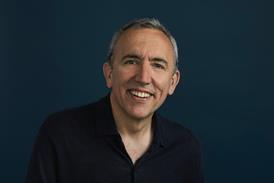

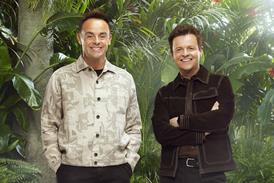
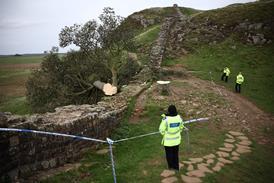
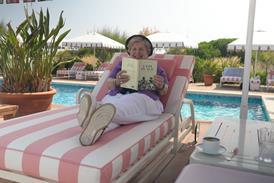

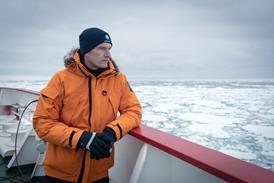



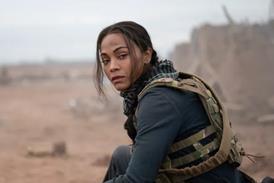
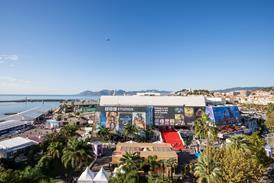
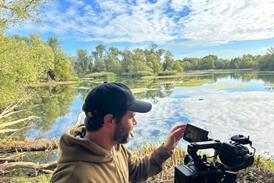
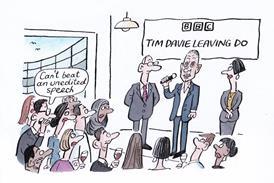
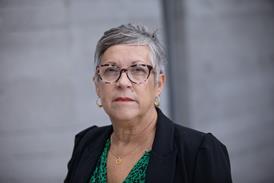



No comments yet